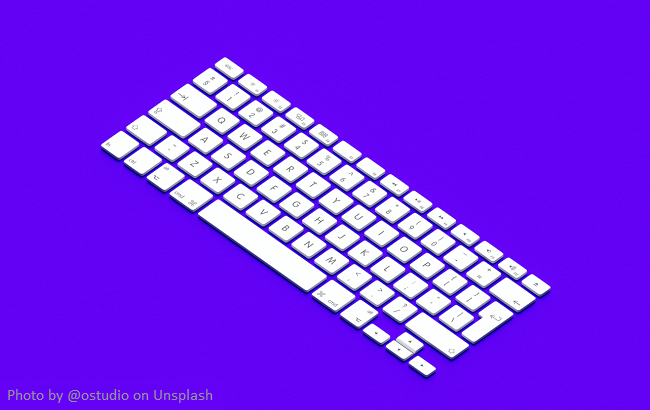MIPLM Case study: Dominant Design and IP
Dominant design is a technology management concept introduced by Utterback and Abernathy in 1975, identifying key technological features that become a de facto standard. A dominant design is the one that wins the allegiance of the marketplace, the one to which competitors and innovators must adhere if they hope to command significant market following.
Dominant designs may not be better than other designs; they simply incorporate a set of key features that sometimes emerge due to technological path-dependence and not necessarily strict customer preferences. The often cited example is the QWERTY keyboard, specifically designed to overcome operative limitations on the mechanical typewriter but now almost universally preferred over other keyboard designs. Dominant designs end up capturing the allegiance of the marketplace and this can be due to network effects, technological superiority, or strategic maneuvering by the sponsoring firms.

Source: https://de.wikipedia.org/wiki/Datei:Qwerty.svg
Dominant designs are often only identified after they emerge. Some authors consider the dominant design as emerging when a design acquires more than 50% of the market share. A more promising approach is to study the specific product innovations introduced by different firms over time.
In his 1996 work “Mastering the Dynamics of Innovation” MIT professor James Utterback defined three phases of innovation in the marketplace for any product and service. Utterback called these three phases the Fluid, Transitional and Specific phases.

Source: Utterback, J. (1996). Mastering the dynamics of innovation. Boston, MA: Harvard Business School Press.
Tasks:
An automotive company has seen declining profits over the past decade although the company has constantly brought new successful products to market, some of which have also become dominant designs. In order to tackle this problem, the management team decided to hire a consultancy firm to
identify the reason for the declining profitability of the company. In an extensive benchmark study, it was found that competitors were more effectively able to exclude third parties from the appropriation of dominant designs developed. This was derived to their ability to combine different types of IP throughout the different phases in which the dominant design emerges.
Evaluate which type of IP is most effective in the fluid, transitional and specific phase.
Group 1:
The presenting student is: Ewan Van Minnebruggen
Group 2:
The presenting student is: Marlo Sedlmair
Group 3:
The presenting students are: Lionel Parisot, Luca Pusterla, Vincent Boittiaux
Interested in diving deeper? Join our Master program and read more about it here.



